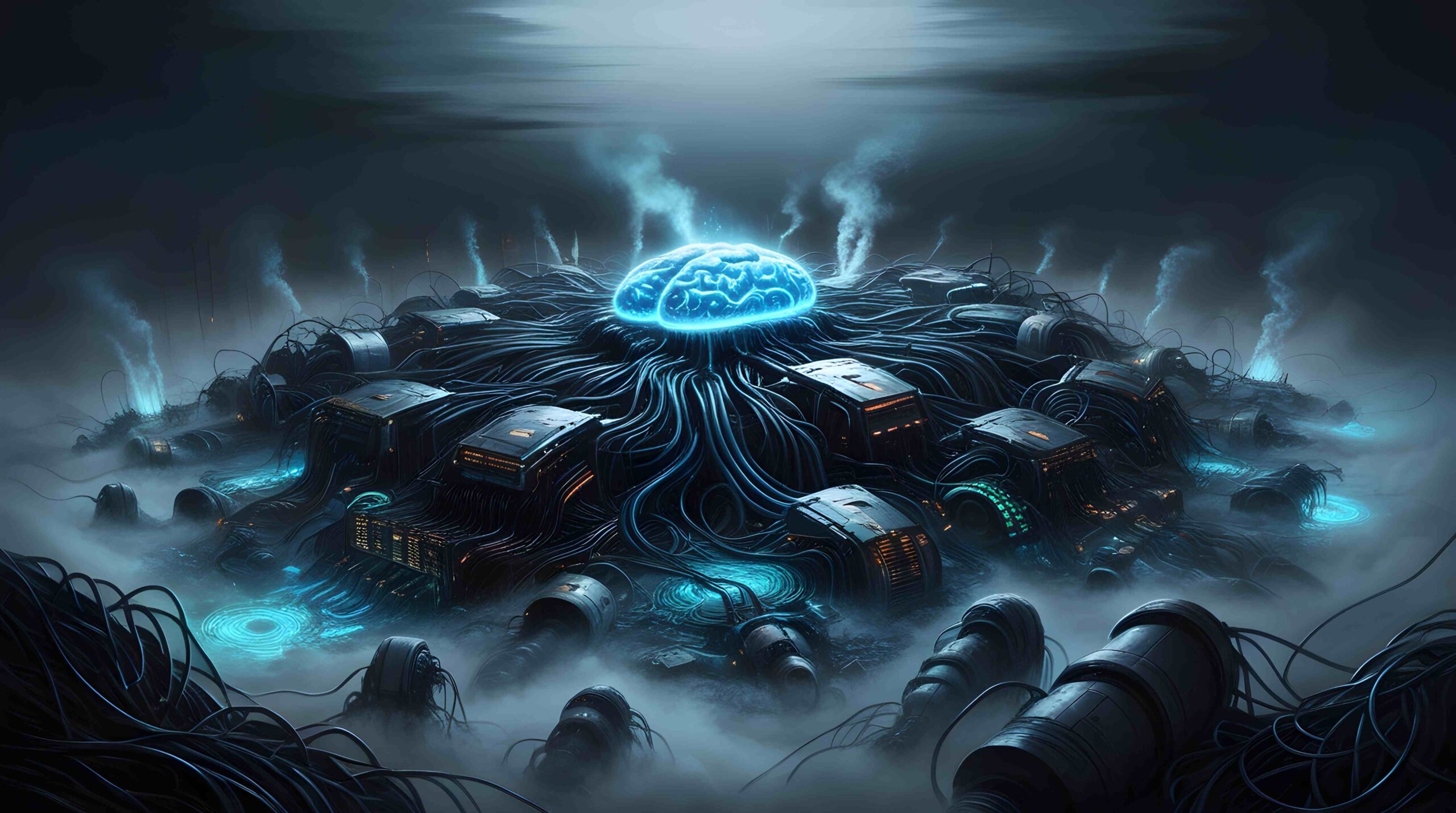
While AI, or artificial intelligence, is often celebrated for its potential to optimize and reduce energy consumption in various industries, it is true that the development and operation of AI can also be energy-intensive. The energy consumption of AI arises primarily from the processing power required to train and run complex models, especially in the realms of machine learning and deep learning.
Here are a few ways AI could potentially waste more energy:
1. **Inefficient Training Processes**: Training AI models, particularly deep neural networks, involves performing numerous computations on large datasets. If these processes are not optimized, they can consume excessive energy. For instance, using unnecessarily large models, redundant computations, or inefficient algorithms can lead to higher energy use than necessary.
2. **Data Centers and Server Farms**: The infrastructure supporting AI, including data centers and server farms, requires a significant amount of power to cool the servers and maintain optimal operating temperatures. If these facilities are not designed with energy efficiency in mind or are not managed properly, the energy consumption can be substantial.
3. **Overuse of Computational Resources**: When AI developers and researchers overuse computational resources by running multiple experiments simultaneously or keeping servers running 24/7 without proper load balancing, energy is wasted. This is akin to leaving the lights on in a room when no one is using it.
4. **Outdated Hardware**: Using old or outdated hardware can lead to higher energy consumption. More modern hardware, such as GPUs and TPUs designed specifically for AI workloads, are typically more energy-efficient and can perform computations at a lower power cost.
5. **Lack of Model Pruning and Optimization**: After training, AI models can be pruned to remove redundant connections and optimized to run more efficiently. Failure to do so can result in models that are unnecessarily large and consume more energy than needed.
6. **Perpetual Learning and Operation**: Some AI systems are designed to learn continuously from new data, which means they are always “on” and processing information. This ongoing activity can waste energy if the system isn’t intelligently managing its workload or if it’s not set to sleep or idle when not in use.
7. **Unnecessary Re-training**: Sometimes, AI models are retrained from scratch when only a few adjustments are needed. This can be wasteful if the previous training sessions used significant energy and the updates are minor.
8. **Transfer Learning and Model Reuse**: Not taking advantage of transfer learning and model reuse can lead to the redundant training of similar models, which wastes energy. Transfer learning allows for the use of pre-trained models as a starting point for new tasks, reducing the need for additional training.
9. **Energy-Hungry Cryptocurrencies**: Some AI algorithms are used in cryptocurrency mining, which is notoriously energy-intensive due to the computational power required to solve complex mathematical problems.
10. **AI in IoT Devices**: As AI becomes more integrated into IoT (Internet of Things) devices, there’s a risk of increasing energy consumption if these devices are not designed to be energy-efficient or if they are used for unnecessary computations that could be handled by more efficient means.
To mitigate these issues, researchers and industry professionals are focusing on developing more energy-efficient algorithms, hardware, and practices. This includes implementing techniques like model compression, using renewable energy sources for data centers, and designing AI systems with a focus on sustainability from the outset.
Additionally, there’s a growing emphasis on “green AI,” which seeks to minimize the environmental impact of AI by optimizing energy consumption and reducing carbon emissions.







